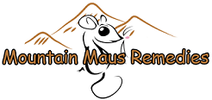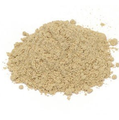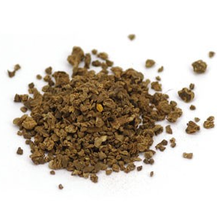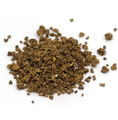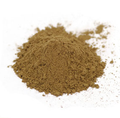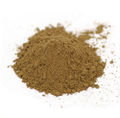 Loading... Please wait...
Loading... Please wait...- Home
- Bulk Herbs
- Herbs (T-V)
- Valerian Root C/O
- Home
- Herbs - Certified Organic
- U-W
- Valerian Root C/O
Product Description
Valerian Root
Certified Organic - USA
Also Known As – Valeriana officinalis, Common Valerian, European Valerian, Valeriana and Allheal.
Overview - Valerian is a hardy perennial plant native to Europe and parts of Asia. It has been introduced to North America and other parts of the world. It blooms from June to September with pink or white fragrant flowers. When used in cut flowers, the scent can be overpowering. It has been used since the days of ancient Greece and Rome. In the 16th century, the herb was used as a perfume. During World War II, it was used in England to ease the stresses of air raids.
Medicinal Uses – Valerian is used most commonly as a sleeping aid for insomnia. It is also used frequently for anxiety. With its sedative qualities, it is often used for neuralgic pain, hypochrondriasis and nervous unrest. It can address nervous overstrain of the system. Some use it to strengthen the eyes.
- It has some slight influence on the circulatory system. It slows the heart and increases its force. Due to this it is sometimes used for cardiac palpitations. It is sometimes used for gastrointestinal pain and irritable bowel syndrome. It has also been used to treat attention deficit hyperactivity disorder (ADHD).
Parts Used – The root contains the medicinal properties of the valerian plant.
Precautions - Children and pregnant and nursing women should not use valerian and other anxiety or insomnia medications should not be combined with this herb. Side effects may include dizziness, headache, itchiness, daytime drowsiness, stomach upset, vivid dreams and dry mouth.
- Valerian may interact with other sleep aids or anxiety drugs. It may also interact with other sedative herbs like catnip and hops. Valerian is broken down in the liver, so it could possibly interfere with other medications that are broken down by the same liver enzymes like allergy medications, cholesterol medications, cancer drugs or antifungal drugs.
Preparation and Dosage - The herb can be found in capsules, herbal teas, tablets, and liquid tinctures/extracts. Follow the directions on the label carefully and watch for side effects.
Disclaimer - The information presented herein by Mountain Maus’ Remedies is intended for educational purposes only. These statements have not been evaluated by the FDA and are not intended to diagnose, cure, treat or prevent disease. Individual results may vary, and before using any supplements, it is always advisable to consult with your own health care provider.
